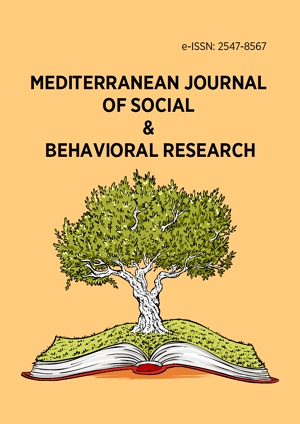Abstract
Feedback is an essential component of the communication process and without feedback, any communication is considered as incomplete. The research intended to explore the process of communication, its impeding factors and varying aspects of feedback in it. The study analyzed communication barriers involved in the family, educational and religious institutes in Pakistani society. The study also intended to explore various alternate sources for feedback developed by the message receiving audience due to different hindering aspects of social institutes. The current research applied a qualitative approach with the interview method. Keeping in view the objectives of the study, 60 respondents were selected through purposive sampling technique. Furthermore, three categories comprising students, children and religious followers, 20 each, from their respective social institutes, were derived through stratified sampling technique. The researcher found out the communication barriers; stereotypical believes, less awareness with modern knowledge, poor educational background and social pressure, to be the main reasons in diverting the receivers’ feedback route from the standard pathway to alternate sources. Study apprehend that the message receiving audience, under specified communication barriers, relies on alternate sources, social discussion, internet social media and interpersonal communication to relieve their response. Resultantly, the response which supposedly had to reach the exact sender of the message, reaches the irrelevant audience in the society, making it more complicated and diverse. Hence, the process of communication gets diverted and results in the generation of new ways of feedback.
License
This is an open access article distributed under the Creative Commons Attribution License which permits unrestricted use, distribution, and reproduction in any medium, provided the original work is properly cited.
Article Type: Research Article
MEDITERR J SOC BEH RES, Volume 5, Issue 1, February 2021, 3-12
https://doi.org/10.30935/mjosbr/10804
Publication date: 31 Mar 2021
Article Views: 2349
Article Downloads: 4478
Open Access References How to cite this article
 Full Text (PDF)
Full Text (PDF)